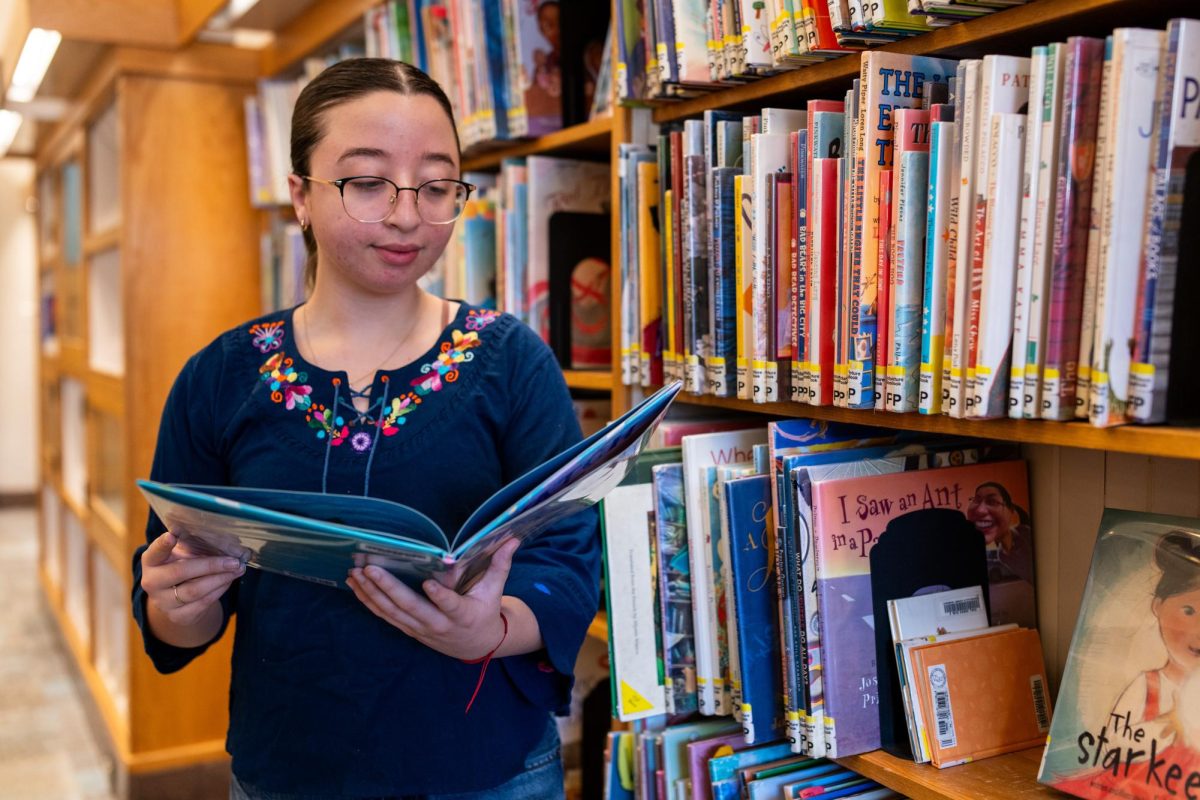Bridging the racial disparity gap from the bottom up
January 14, 2015
As we’ve realized from events in Ferguson, Mo., New York and elsewhere across the country, racism — here focused on racial inequalities and misconceptions — still exists and is nothing new.
Before I came to Pitt, I was part of a group called “The Dream Team” — I know it’s cheesy — at my high school, which focused on raising awareness of racism and segregation in school systems and what we could do to combat it.
I, along with four other students, our school principal and a few school administrators went to multiple schools in our district to talk to students and teachers alike about racial stereotypes, misconceptions and solutions to countering each.
As someone who attended public city schools since the fourth grade, I personally have become friends and acquaintances with countless people who are a different race than me. Unfortunately, this is not the case for many people, and we all must work to ensure that students do not fall victim to racial misconceptions and stereotypes.
Racism has plagued our country since its founding in 1776. Now, almost 240 years later, racism is still a widespread issue that Americans desperately need to address. To bridge the racial disparity gap prevalent in our schools and communities, we must implement proactive educational and social programs in our schools, starting with a student’s earliest development.
No one is born racist. Children form ideas and opinions based on what they see and hear. If they are surrounded by racist parents, peers, teachers or anyone else, it would be no surprise if they end up having racist thoughts as well. Just think of Rodgers and Hammerstein’s classic song from the musical “South Pacific,” “You’ve Got to Be Carefully Taught.”
As the lyrics proclaim: “You’ve got to be taught / To hate and fear / You’ve got to be taught / From year to year / It’s got to be drummed / In your dear little ear / You’ve got to be carefully taught.”
To successfully combat racism, school boards and parents must expose their children to real facts about different races. If children learn historical and cultural lessons early, they will more likely grow to consider all races to be equally deserving of educational, social and economic opportunity.
As members of The Dream Team, my peers and I primarily discussed what we could do to prevent racism, including implementing educational programs at an early level. One of the main points we would try to convey to students was that they, especially at a young age, tend to segregate based on where they live. As seen in Pennsylvania, as well as in many states across the U.S., different areas of the state are segregated by race.
Aside from Allegheny County and Philadelphia, there isn’t a single county in Pennsylvania where black people occupy more than 17 percent, with most counties closer to 0.1 to 7.5 percent.
Because of this racial disparity in the majority of Pennsylvania’s counties, it is not uncommon to meet people of all ages who have had very little interaction with people outside of their own race.
Exposure to racial groups outside of one’s town is the most effective method for combating racism, as well as media portrayals, whether in the news or on network programming.
While it would be unrealistic to have equal representations of race in every school district — black students are a minority in the country after all — there are many more feasible alternatives to exposing kids to diversity.
A resource for teachers is alimichael.org, a website run by Ali Michael, a University of Pennsylvania graduate with a Ph.D. in Teacher Education. Michael’s site, which stands by the motto “Educating for Equity,” offers multiple books, PDFs, videos and workshops for teachers to help expose their students to diversity.
Michael also links to other diversity programs that are being offered, such as the “RACE: Are We So Different?” exhibit that was recently featured at The Carnegie Museum of Natural History. Resources like these, which can be accessed online and in museums, are some of the best methods to expose young students to racial equity. It is only after this sort of exposure that we can expect a change in the way people treat others based on race.
Racism is still a problem that America faces, as we’ve seen in recent events such as the ones involving Michael Brown and Eric Garner. But with education and integration, we all can improve upon this problem. This progress starts with programs and exposure in elementary and middle schools, when children are still growing into the adults they will become. It is only after this cycle is broken that we can work toward eradicating racism completely.
Ben Morgenstern primarily writes about education and social issues for The Pitt News.
Write to Ben at [email protected].







